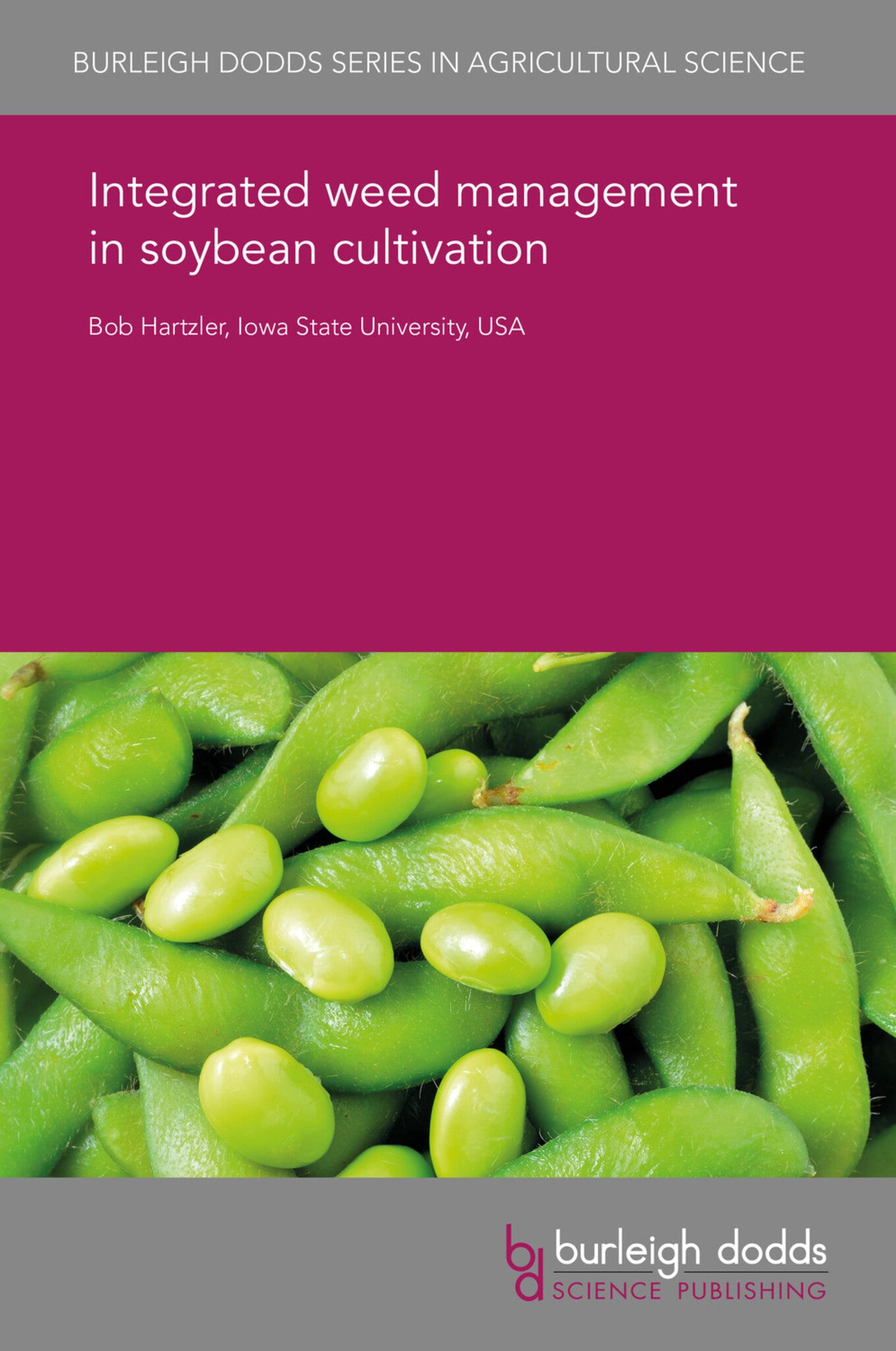We're sorry. An error has occurred
Please cancel or retry.
Integrated weed management in soybean cultivation

Some error occured while loading the Quick View. Please close the Quick View and try reloading the page.
Couldn't load pickup availability
- Format:
-
12 February 2018


TECHNOLOGY & ENGINEERING / Agriculture / Sustainable Agriculture, Agronomy and crop production, TECHNOLOGY & ENGINEERING / Agriculture / Tropical Agriculture, TECHNOLOGY & ENGINEERING / Agriculture / Agronomy / General, TECHNOLOGY & ENGINEERING / Pest Control, Sustainable agriculture, Pest control / plant diseases, Tropical agriculture

1 Introduction 2 Establishing weed-management goals 3 Management tactics: crop rotation, competitiveness of soybean and use of cover crops 4 Further management tactics 5 Interactions between weeds and other pest complexes 6 Factors limiting the adoption of diversified weed management 7 Conclusion 8 Where to look for further information 9 References



